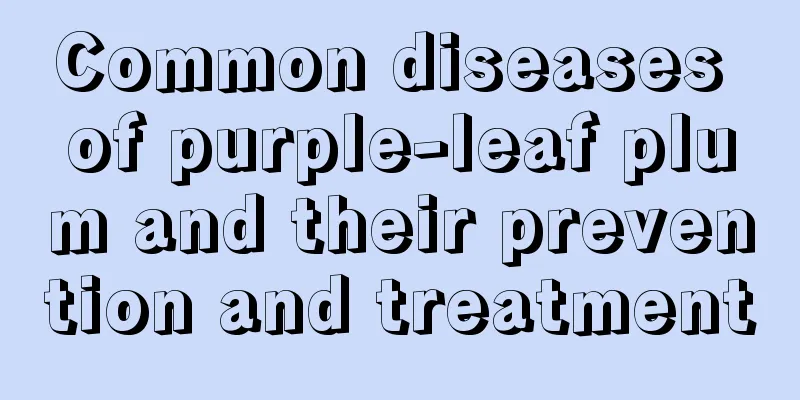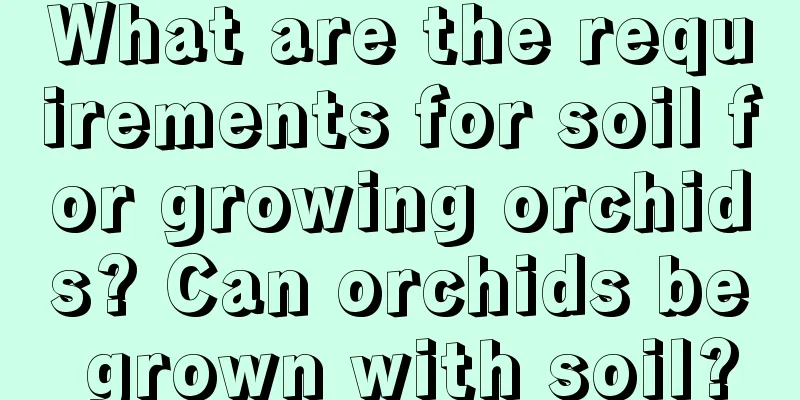Common diseases of purple-leaf plum and their prevention and treatment

Purple-leaf plum gummosisGummosis is a common disease of purple-leaf plum, which also threatens the growth of many flowers. When purple-leaf plum is infected with gummosis, gum will flow from the branches and fruits, and the plant will grow weak. The plants of purple-leaf plum will exude gum, and the diseased parts will bulge and deform. In severe cases, it may even cause the branches to wither and die. When the fruit is infected, gum oozing and cracking will occur. Gummosis of purple-leaf plum is mostly caused by the invasion of fungi or pests and diseases, or by improper pruning and watering and fertilizer during cultivation. In order to prevent gummosis, management needs to be strengthened and reasonable maintenance measures are unnecessary. In addition, timely prevention and control of diseases and pests are required, and pruning work must also be reasonable. Before the purple-leaf plum blooms, you can scrape off the colloid and apply special antibacterial agents. Puncture disease of purple leaf plumThe perforation disease of purple-leaf plum is bacterial and has serious consequences, mainly affecting leaves, branches and fruits. Lesions will appear on the leaves, which will dry up and fall off, ulcers will appear on the branches, and colored spots and depressions will appear on the fruits. When purple-leaf plum develops perforation disease, management needs to be strengthened, more organic fertilizers should be applied, and nitrogen fertilizers should not be too selective. Pruning should be reasonable. When pruning in winter, diseased and dead branches should be cut off and fallen leaves should be cleaned up. In addition, there are dozens of sprays. You can spray some Bordeaux liquid before germination, and after germination, you should choose to spray streptomycin sulfate solution, zinc sulfate lime solution, etc., spray 2-3 times. Powdery mildew of purple-leaf plumPowdery mildew of purple-leaf plum is a very serious disease that can harm the leaves of purple-leaf plum and cause a white powdery mold layer to appear on the affected leaves. For powdery mildew, prevention is the main focus, including good sanitation and centralized destruction of fallen leaves. In addition, in the early stages of powdery mildew, you can spray 77% of cypermethrin wettable powder or 25% of triadimefon wettable powder for treatment. |
<<: Root Rot of Heather and Its Control
>>: Common diseases and pests of dancing grass and their control
Recommend
How to trim the branches of a money tree?
The money tree , scientifically known as Pachira ...
Who says you can’t grow flowers without a balcony? He turned the anti-theft windows into a flower wall, and his neighbors were jealous!
Succulent security window The space of anti-theft...
These 3 kinds of plants cannot be exposed to the sun. If you put them on the balcony, it would be strange if their leaves don’t turn yellow!
In fact, people who love to grow flowers know tha...
What soil to use for Chinese evergreen
The soil requirements of Chinese evergreen When g...
What are the cultivation methods and precautions of azalea
Rhododendron growth habits Azalea prefers a cool,...
Why is the Hongfentai Pavilion shedding its leaves?
The reason why the red powder pavilion drops its ...
Does Golden Heart Bicolor Bougainvillea bloom frequently? How many colors does Golden Heart Bicolor Bougainvillea have?
The Golden Heart Bicolor Bougainvillea is very or...
What is the best month to plant dahlias?
When to plant dahlias The planting time of dahlia...
What kind of environment does Gardenia like for its growth characteristics?
Gardenia growth environment Gardenia prefers a wa...
Difference Between Lavender and Sage
Flowers Lavender flowers Lavender is a plant belo...
What to do if the leaves of thread iron turn yellow
Poor growth of thread iron plants causes yellowin...
Magnolia language and meaning
1. Flower Language White magnolia is a very pure ...
Environmental conditions and characteristics of litchi growth
Litchi growth environment conditions and requirem...
How to grow the hydroponic Chinese Fortune Plant
1. Hydroponic conditions 1. Amount of water: Usua...
How to raise a fire-breathing dragon
1. Sufficient sunlight It is a plant that likes w...









